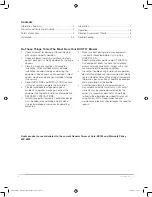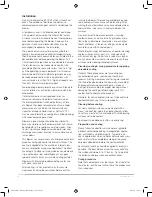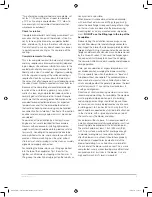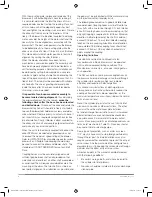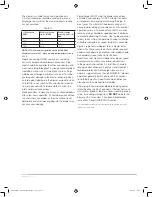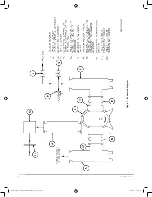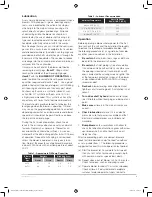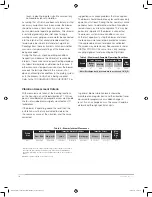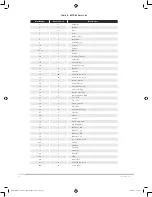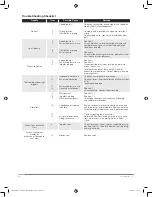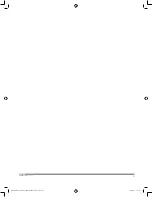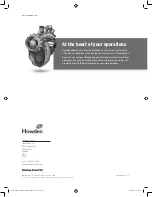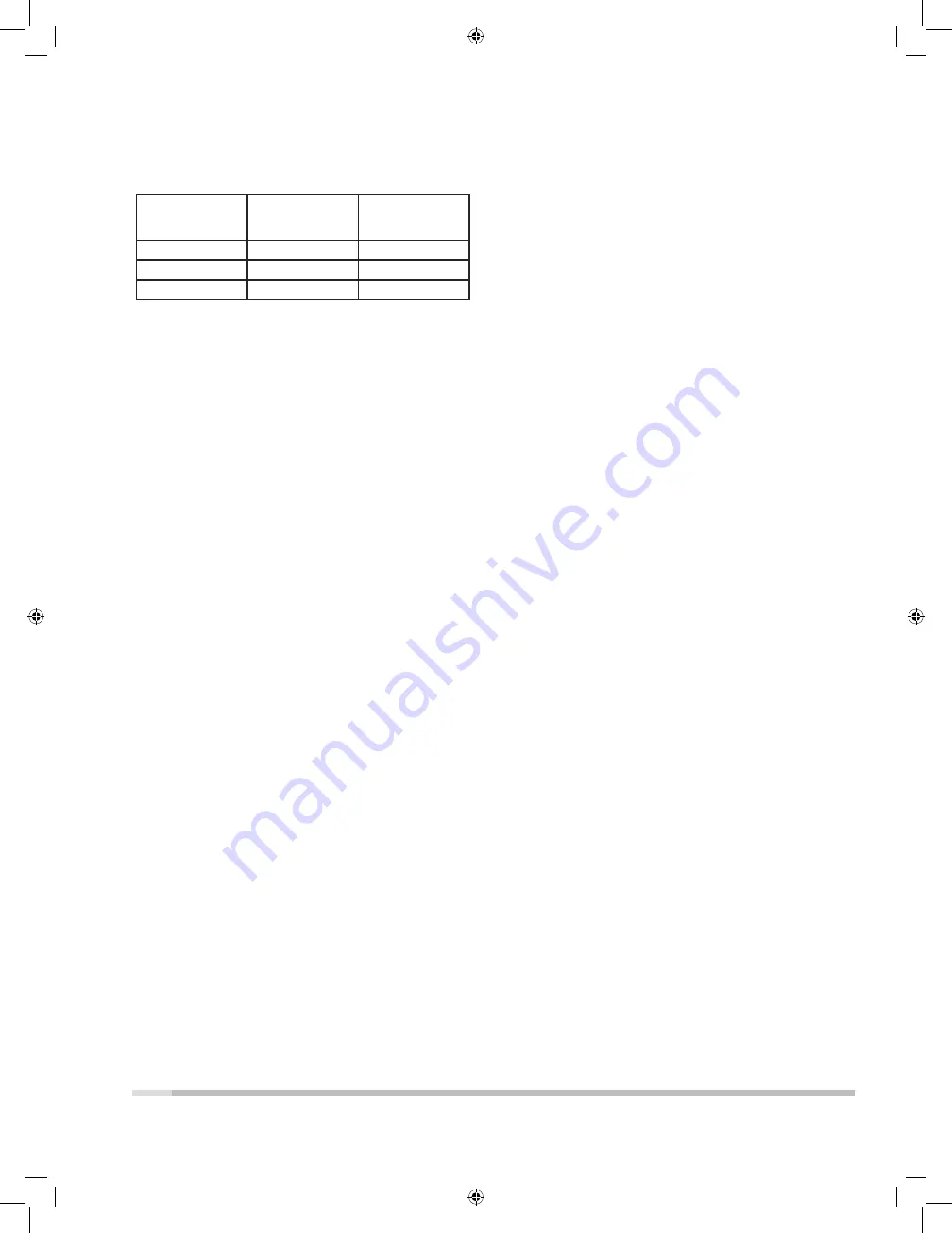
7
GEA30580_Rev_11.15
The blower is suitable for vacuum operation only�
A water manometer should be used on the jet and
discharge to assure that the maximum pressure drop
has not occurred�
Table 1A
% Max speed
RPM
Max jet pressure
limit - IN H20
Max discharge
pressure limit - IN
H20
50%
6�0
6�0
75%
8�0
8�0
100%
10�0
10�0
NOTE: 827 DVJ maximum operating speed is 2400 RPM.
Maximum vacuum is 27 “Hg and maximum temperature rise is
275°F.
Before connecting PIPING, remove any remaining
anti-rust compound from blower connections� Pipe
used should be no smaller than these connection, and
clean new piping throughout is strongly recommended�
In addition, make sure it is free of dirt, scale, cuttings,
weld beads or foreign materials or any kind� To further
guard against damage to the blower, especially when
an inlet against damage to the blower, especially when
an inlet filter is not used, install a substantial screen of
16 mesh backed with hardware cloth at or near the
inlet and jet port connections�
Make provisions to clean this screen of collected debris
after a few hours operation� It should be removed when
nits usefulness has ended, as the wire will eventually
deteriorate and small pieces going into the blower may
cause serious damage�
Piping flanges MUST meet the blower connections
accurately and squarely� DO NOT attempt to correct
misalignment by springing or cramping the pipe� In
most cases this will distort the blower casing and
cause impeller rubbing� In severe cases it can prevent
operation or result in a broken drive shaft� For similar
reasons, piping should be supported near the blower
to eliminate dead weight strains� Also, if pipe expansion
is likely to occur from temperature change, installation
of flexible connectors or expansion joints is advisable�
Figure 1 represents in diagram form a blower instal-
lation with all accessory items that might be required
under various operating conditions� Inlet piping should
be completely free of valves or restrictions�
1
Need for an inlet silencer will depend on blower speed
and pressure, as well as sound-level requirements
in the general surroundings� An inlet filter is normally
recommended, especially in dusty or sandy locations
for blower protection� A discharge silencer is also
normally suggested, even though WHISPAIR
™
blowers
operate at generally lower noise levels than conven-
tional lobe-type units� Specific recommendations on
silencing can be obtained from Howden�
After piping is completed, and before applying power,
rotate the drive shaft by hand again� If it does not move
with uniform freedom, look for uneven mounting, piping
strain, or coupling misalignment�
DO NOT
operate the
blower at this time unless it has been lubricated per
instructions� Read LUBRICATION section�
1
For high altitude applications, inlet relief valve may be required to prevent
blower from overheating�
GEA30580 Roots 827 DVJ IOM Manual_rev.02.16.indd 7
15/02/2016 12:15:34


